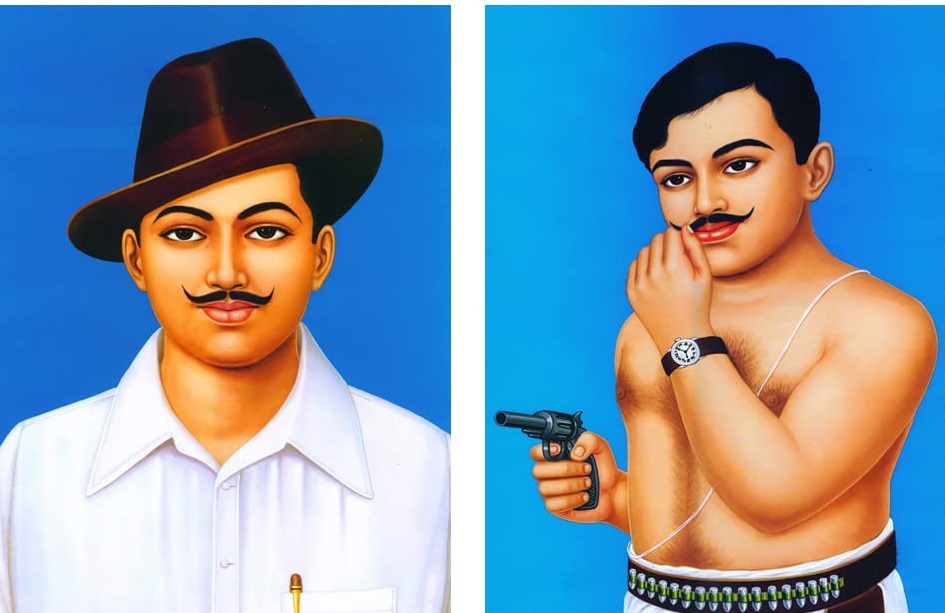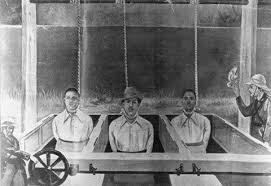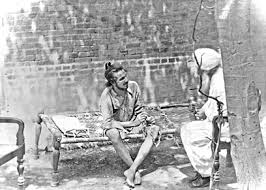
Chandrashekhar Azad & Bhagat Singh: Warriors of Freedom 🇮🇳
Chandrashekhar Azad and Bhagat Singh were two of the most fearless revolutionaries in India’s struggle for independence. Their bond was more than just that of comrades; it was a brotherhood forged in the fire of revolution. Together, they challenged British rule with unwavering courage and became legends of the independence movement.
Chandrashekhar Azad: The Undying Spirit
🔸 Born as Chandrashekhar Tiwari, he took the name “Azad” (meaning free) and vowed never to be captured alive.
🔸 A key strategist of the Hindustan Socialist Republican Association (HSRA), he guided younger revolutionaries like Bhagat Singh, Rajguru, and Sukhdev.
🔸 Played a crucial role in planning the Kakori Train Robbery (1925) and the Lahore Conspiracy Case (1928) to avenge Lala Lajpat Rai’s death.
🔸 Surrounded by British forces in Alfred Park, Allahabad (1931), he fought till his last bullet and shot himself to remain “Azad” forever.
Bhagat Singh: The Firebrand Revolutionary
🔥 Joined HSRA and became the face of Inquilab Zindabad (Long Live the Revolution).
🔥 Avenged Lala Lajpat Rai’s death by planning the killing of James A. Scott (though J.P. Saunders was mistakenly assassinated).
🔥 Fearlessly threw bombs in the Central Assembly (1929), not to kill but to wake up the British government.
🔥 His trial and execution at the age of 23 (March 23, 1931) made him an immortal martyr of India’s freedom struggle.
Azad & Bhagat: A Bond of Revolution
💥 Azad was not only Bhagat Singh’s mentor but also his strongest support.
💥 Together, they shaped the revolutionary movement, inspiring countless others.
💥 Even after Bhagat Singh’s arrest, Azad tried to rescue him, but Bhagat Singh refused to escape, choosing martyrdom instead.
💥 Both sacrificed their lives, proving that true freedom requires courage beyond measure.
Their Legacy Lives On
Even after nearly a century, their voices still echo in the hearts of millions. Their sacrifice was not in vain—it ignited the flames of freedom that ultimately led to India’s independence in 1947.
🚩 “Dushman ki goliyon ka hum samna karenge, Azad hi rahe hain, Azad hi rahenge!” – Chandrashekhar Azad
🚩 “Mera rang de basanti chola!” – Bhagat Singh
Inquilab Zindabad! 🇮🇳





